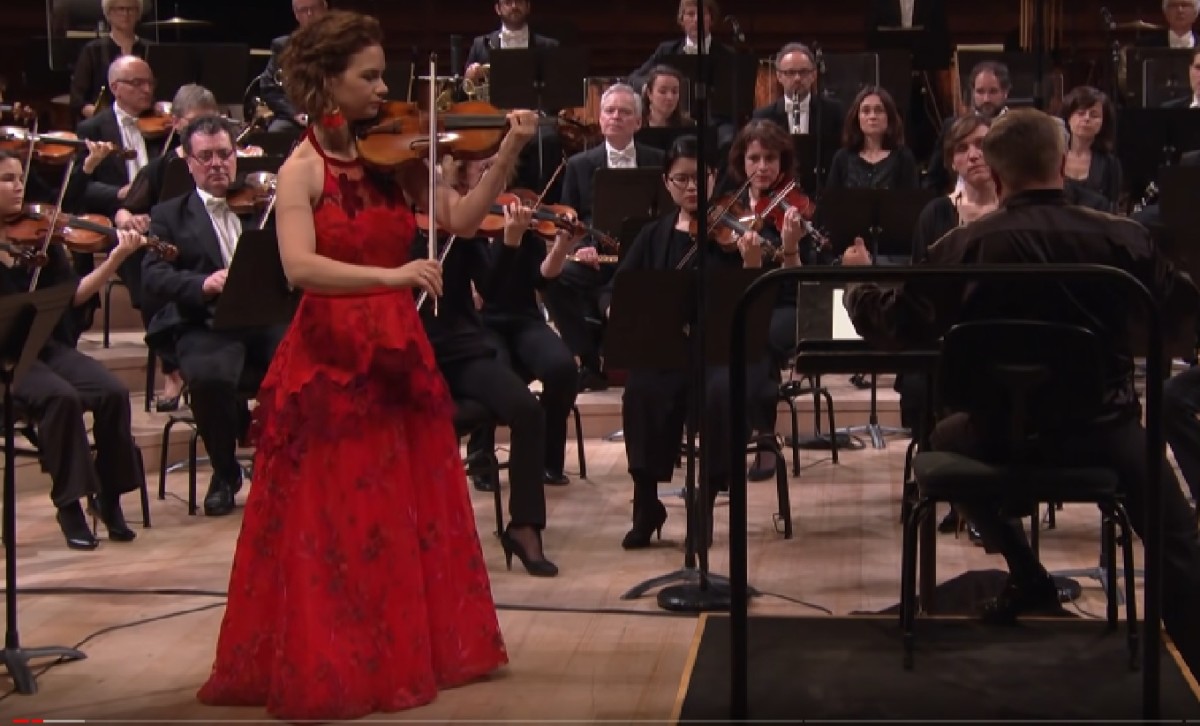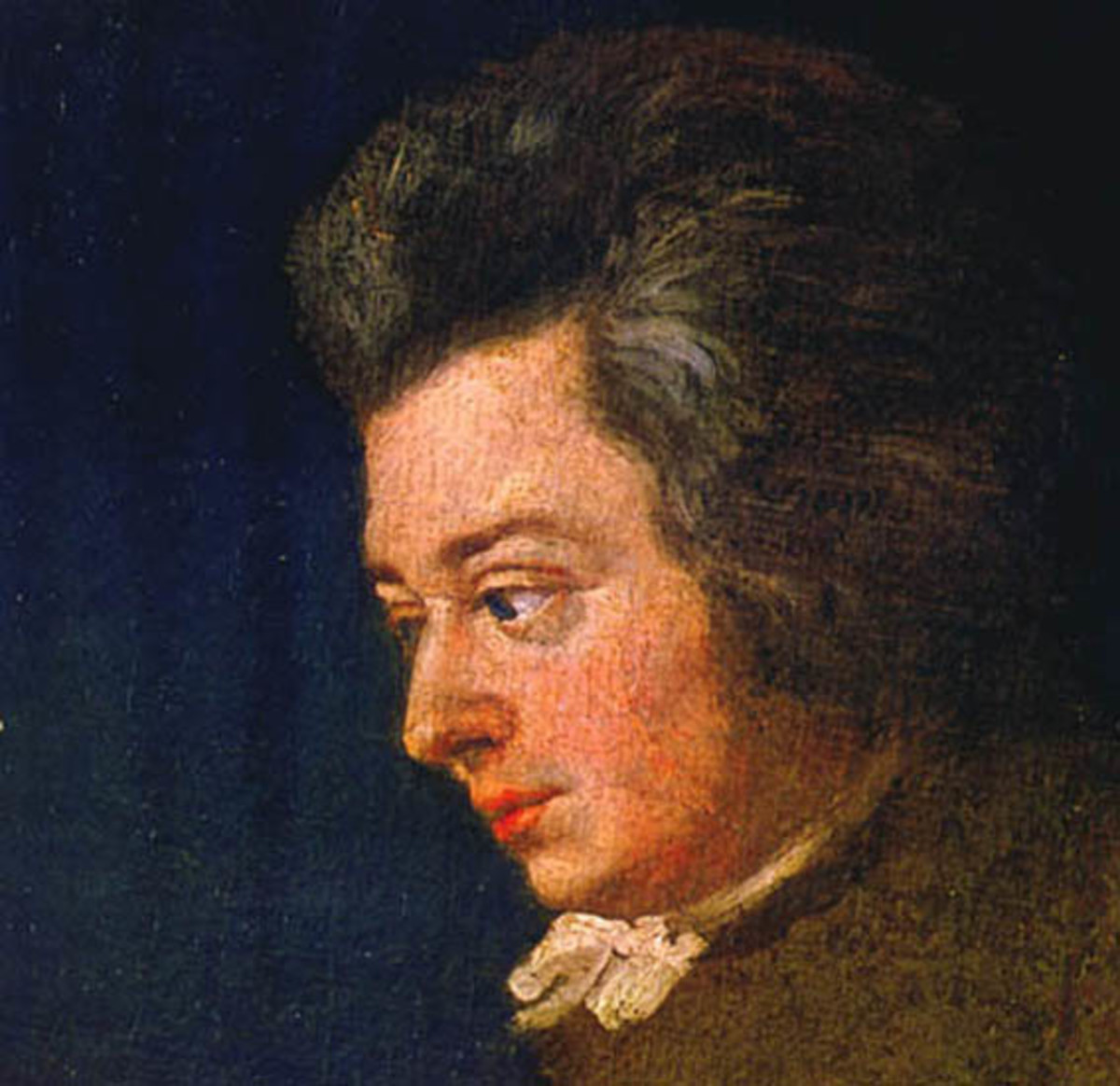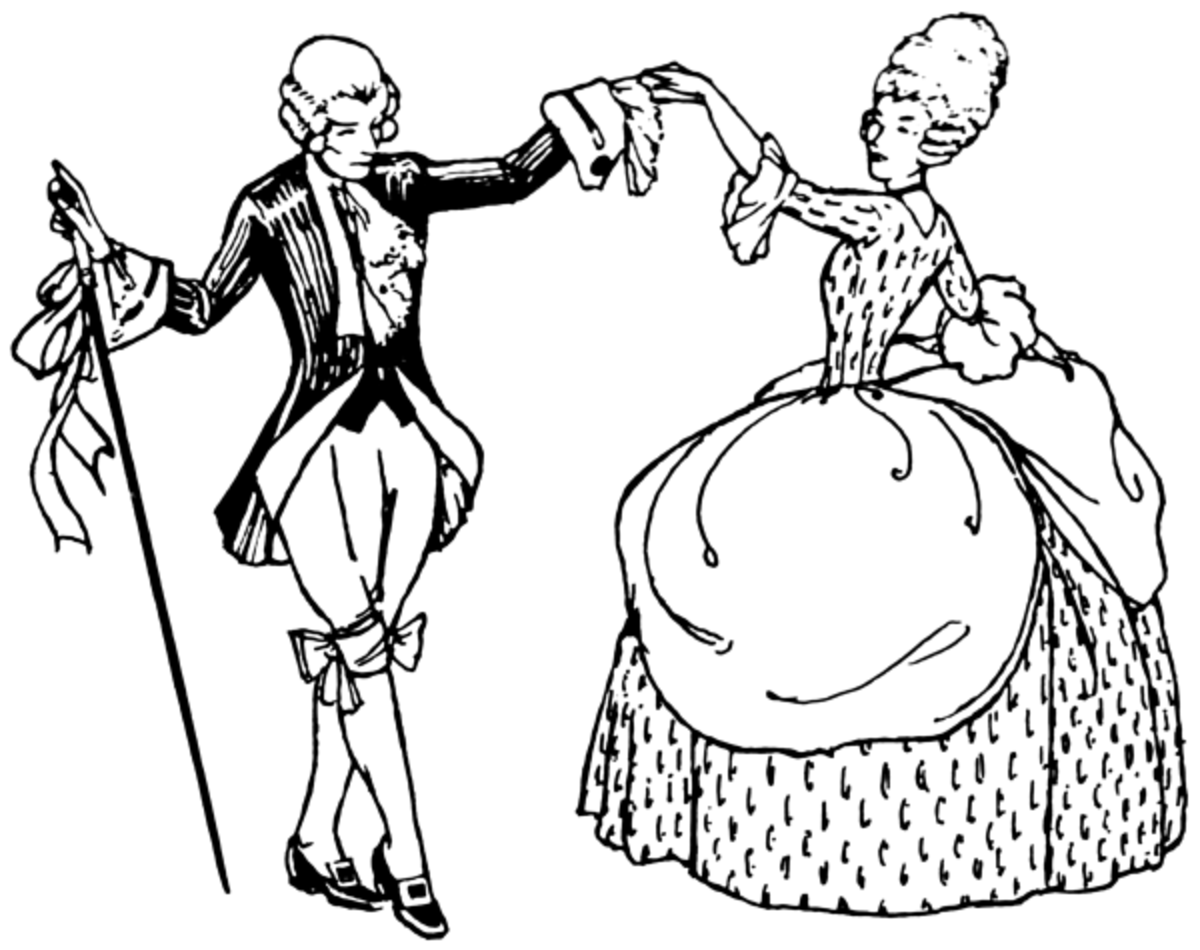Making Classical Music Appealing To Children
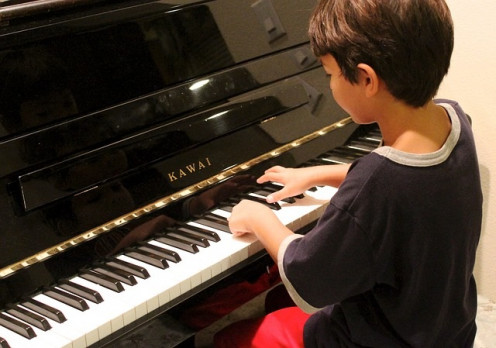
By Michelle Liew Tsui-Lin
All Rights Reserved
Which of these pieces do you enjoy?
As a music teacher, I often heard disgruntled, or even disgusted groans when it was time for classical music appreciation sessions.
In all honesty, it was not among my favorite genres of music when I was younger. I had a piano teacher who taught best by knocking my knuckles.
Still, I have to admit that I connected immediately with some classical tunes. It also laid the foundation I needed to play tunes in my favorite musical genre, jazz and blues.
Persuading children to understand them is a necessity, though also a challenge.
How do we convince children that classical music is not as old-fashioned as they think it is? What are some tunes that teachers and parents can introduce?
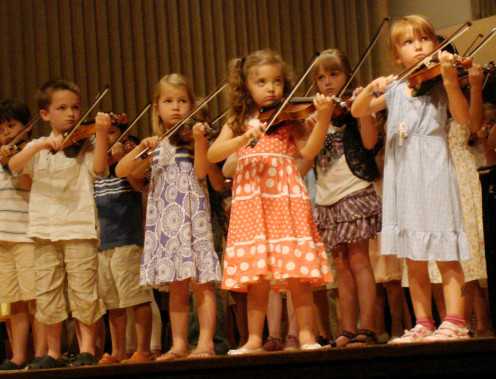
Why Some Children Do Not Appreciate Classical Music
Introducing classical tunes to children is no mean feat. Ingrained perceptions and attitudes get in the way. The structure of these tunes and the way children appreciate music now can explain the lack of listeners.
1. It is part of history.
The first, obvious reason for some children disliking it is that it is music of the past. More archaic, children growing up these days may find the rhythmic patterns and structure difficult to comprehend.
The structure of pop, in contrast, is direct, less complicated and more relevant to Millenials.
2. Classical music is more demanding.
To add, classical music demands more of its listeners. Classical tunes, with flowing arpeggios, chromatic scales and melodious bass lines, are more difficult to master.
The complex sound does take patience to produce.
3. Some tunes are lengthy.
Further, the great composers such as Bach, Mozart or Beethoven structured many of their tunes in lengthy overtures or parts.
Just as it takes patience to grow a plant, the young need time to master these tunes too.
4. The subjects it revolves around are less appealing.
Moreover, classical music, revolving around distant subjects such as minuets and waltzes, are less relevant to children of this era.
This seeming lack of relevance may make it mundane to the youth of today.
5. Blame technology.
Lastly, technology is responsible, at least in part, for the lack of appreciation of classical music.
Youth appreciate music through available internet platforms such as ITunes and Youtube. With the ability to appreciate tunes in this way, the need to play them on instruments is less.
Technology, to some degree, distances young people from classical music.
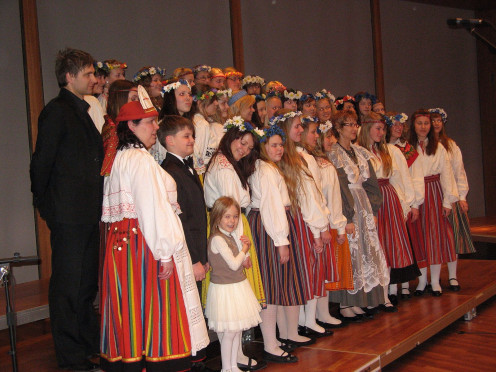
Why Classical Music is Important
Yet, classical music is indispensable, whether for ours' or music's growth. It has a place for several reasons.
1. It is stimulating.
Firstly, it stimulates the mind. According to research, classical music helps neural development. Listening to it accelerates the growth of brain cells.
Who can resist classical music's ability to enhance intelligence?
2. It connects us with our history.
Further, classical music opens the door to history. Through this genre, we learn about cultures of times past. We understand the easy-to-interpret, artistic culture
of the Baroque era. We understand how the Golden Age of the Renaissance developed.
Classical music connects us with a time long past.
3. It is the framework for current music.
To add, classical music is the framework for modern pop and other musical genres. There is a heavy use of chromatic scales in jazz tunes. Composers use arpeggios often in the romantic ballads we hear today.
Without classical music, where would modern pop be?
4. It enhances listening skills.
Moreover, it improves our listening skills. Being less straightforward, classical music takes listeners time to appreciate.
With fewer repeated sequences and more complex melodies, one must really put in the effort to listen to it.
5. It reflects the best of humanity.
To round off, classical music reflects the best of humanity. It allows us to express our deepest feelings and passions. It also enables us to emote sincerely.
This is a medium that showcases humanity's depth.
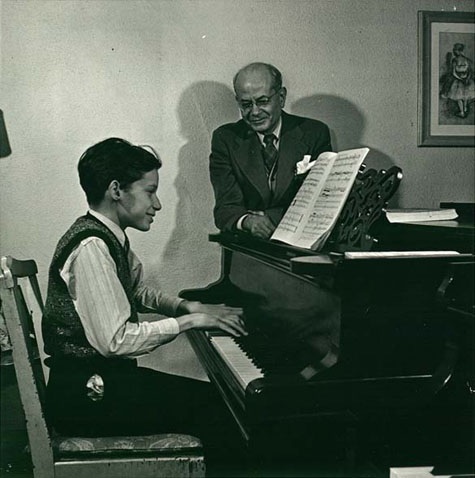
How to make classical music appealing to children
With this many reasons to appreciate it, introducing it to our children is necessary. Though this is challenging, making it appealing is possible.
1. Make it positive.
For a start, make it positive. Introduce it in familiar, less intimidating settings. Play it softly as you read a bedtime story with your child. Play it in the kitchen while you cook.
Familiarity nurtures positive vibes, and not contempt.
2. Listen to it during activities.
Listen to it as you teach your children or play with them. They slowly become accustomed to the music with it in the background.
3. Listen to it in neutral situations.
The emphasis is on subtlety. Never force the music on your child. Making it a compulsory session only serves to repulse them.
4. Keep pieces short and melodious.
And then, keep the pieces short and melodious. Pick cheery, short excerpts that children are certain to enjoy listening to.
5. Let your child play an instrument.
Apart from listening to shorter pieces, allow your child to play a musical instrument.
Children who have musical inclinations love instruments because the skill allows them to hold their heads high in front of their friends.
6. Begin with modern versions.
Another way to make classical music acceptable to the young is to introduce modern versions of classical songs to them.
Songs played by classical music sensations such as Bond and Vanassa Mae are definitely more palatable to youth than listening to a symphony played by an unknown orchestra.
7. Select more upbeat tunes.
Selecting more upbeat tunes eases the listening process as well. Classical music is far from being slow. Many charming dances or waltzes are perky and grab attention.
The dynamic Swan Lake by Tchaikovsky never fails to grab attention.
8. Use books, movies or videos.
To speak of the upbeat, updated classical music from trendy MTV videos or movies raises antenna because it is familiar.
By closing the gap between the traditional and modern, classical music becomes an accepted norm.
9. Watch live symphonies.
Another way to bring classical music into the lives of young children is to encourage them to watch live symphonies.
Turn a garden symphony into an exciting outing. it makes these sessions young children look forward to.
10. Introduce dance.
The last suggestion is to use it in dance. Choose classical music with quicker beats and introduce them in simple forms of music and movement.
The Blue Danube Johann Strauss
Classical Pieces that Charm Children
Choosing classical pieces, however, takes a little thinking through. To make the process easier, here are a few recommendations.
1. The Blue Danube
The first of these is the Blue Danube. This waltz, by Johann Strauss, has familiar, repeated sequences that are not difficult for children to remember.
The melody line is enchanting. It was the first classical piece I learned to play as a child.
Phantasia-The Nutcracker Suite
2. The Nutcracker Suite
And then, what better way is there for a child to enjoy Christmas than with the Nutcracker Suite?
The harmonious melody them think of toy soldiers and sweets. It is pleasant and easy to listen to.
Fur Elise Ludwig Von Beethoven
3. Fur Elise
The third piece, Fur Elise, is a familiar classic that brings out the natural showmanship of children. They enjoy displaying their ability to pour out the flowing right-to-left and vice versa melody on the piano.
Beethoven's music naturally instills self-confidence.
The Great Escape Elmer Betnstein
4. The Great Escape
The Great Escape by Elmer Bernstein is a piece young children, especially young boys, especially take to. Its resounding trumpet introduction is hardly mundane and is akin to the Star Wars theme.
It is not difficult for children to enjoy.
Les Toreadors from Carmen
5. Carmen by George Bizet
Some may dispute my last choice, Carmen by George Bizet. After all, it is the piece built around the amorous tango.
The melody, however, is catchy, easy to remember and enjoyable. Suite Number 1, Les Toreadors, is the section of the piece that is liveliest and suitable for children.
Conclusion
Making classical pieces enjoyable for children is pleasant and definitely not impossible.
Music Hubs by Michelle Liew
- Defining music of the 1960s, its characteristics and...
On the characteristics of music of the 1960s. - Rock bands that made their mark on music of the 1980...
A review of some rock bands that made an impact on the music scene in the 1980’s and 90’s. - Embracing the healing power of music
On the healing power of music. - Compiling a music playlist for a long drive ahead
An article on how to compile music for a long drive - How women have influenced jazz music through the dec...
An article on jazz music and the contributions of many women to the form. - How liking different styles of music can affect rela...
Understanding how different tastes in music can affect relationships and how this knowledge can be used to help love blossom.

